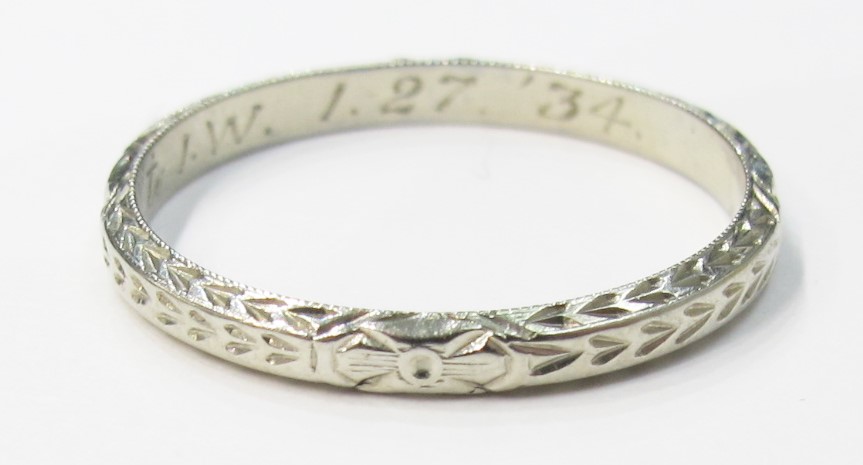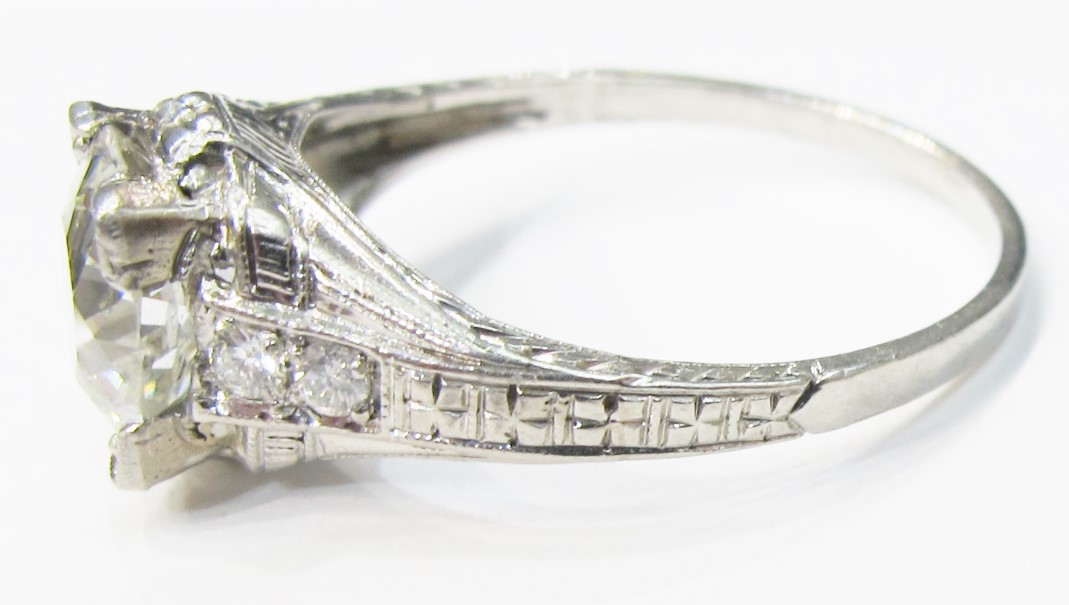In the Victorian era, orange blossoms were worn by fashionable brides as symbols of innocence and fertility.
Artificial orange blossoms worn by Henrietta Woodcock at her wedding in 1848. Victoria & Albert Museum.
Perhaps the most famous bride to opt for orange blossoms was Queen Victoria herself, who wore a wreath of them in her hair at her 1840 wedding.
The Queen's husband noticed Victoria's affinity for orange blossoms, and gifted her jewels of porcelain, enamel and gold that were beautiful representations of the real thing.
Suite of porcelain, enamel and gold orange blossom jewelry. Gifted to Queen Victoria by Prince Albert between 1839 and 1846.
The fashion for faux orange blossoms faded by the twentieth century, but the sentiment behind the buds had become wedding tradition. If you look closely at Art Deco bridal jewels, you are likely to come across tiny orange blossoms incorporated into the design:
All of these pieces date to the 1920s and 1930s, and though the orange blossom motif is very subtle, the sentiment remains the same.







